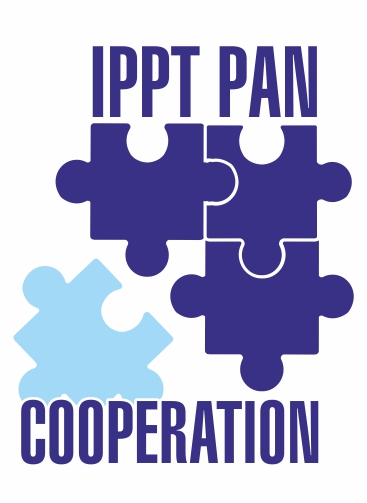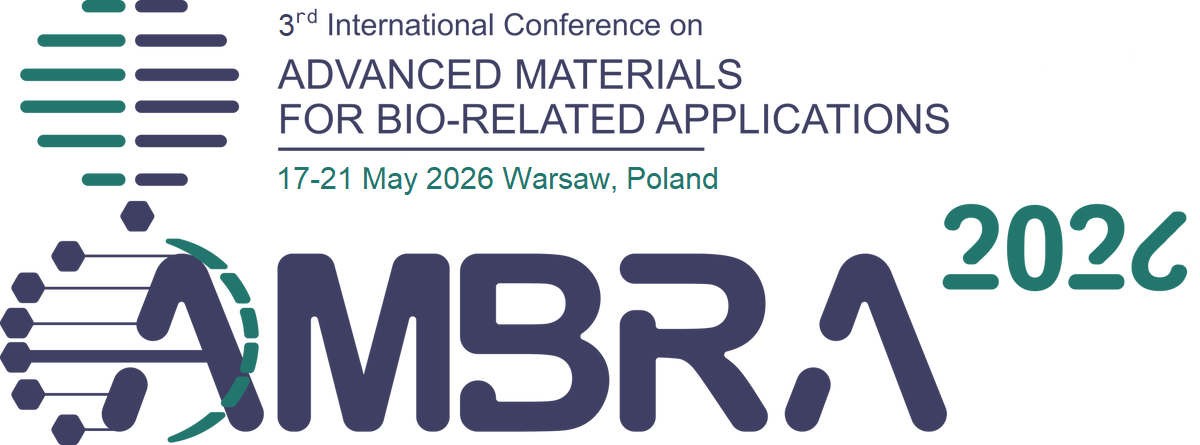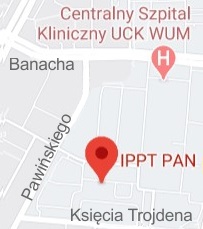| 1. |
Arnold M.M.♦, Szczepański J., Montejo N.♦, Amigó J.M.♦, Wajnryb E., Sanchez-Vives M.V.♦, Information content in cortical spike trains during brain state transitions,
JOURNAL OF SLEEP RESEARCH, ISSN: 0962-1105, DOI: 10.1111/j.1365-2869.2012.01031.x, Vol.22, pp.13-21, 2013 Abstract:
Even in the absence of external stimuli there is ongoing activity in the cerebral cortex as a result of recurrent connectivity. This paper attempts to characterize one aspect of this ongoing activity by examining how the information content carried by specific neurons varies as a function of brain state. We recorded from rats chronically implanted with tetrodes in the primary visual cortex during awake and sleep periods. Electro-encephalogram and spike trains were recorded during 30-min periods, and 2–4 neuronal spikes were isolated per tetrode off-line. All the activity included in the analysis was spontaneous, being recorded from the visual cortex in the absence of visual stimuli. The brain state was determined through a combination of behavior evaluation, electroencephalogram and electromyogram analysis. Information in the spike trains was determined by using Lempel–Ziv Complexity. Complexity was used to estimate the entropy of neural discharges and thus the information content (Amigóet al. Neural Comput., 2004, 16: 717–736). The information content in spike trains (range 4–70 bits s−1) was evaluated during different brain states and particularly during the transition periods. Transitions toward states of deeper sleep coincided with a decrease of information, while transitions to the awake state resulted in an increase in information. Changes in both directions were of the same magnitude, about 30%. Information in spike trains showed a high temporal correlation between neurons, reinforcing the idea of the impact of the brain state in the information content of spike trains. Keywords:
awake, brain states, entropy, firing rate, information, sleep, spike train Affiliations:
| Arnold M.M. | - | Universidad Miguel Hernández-CSIC (ES) | | Szczepański J. | - | IPPT PAN | | Montejo N. | - | Universidad Miguel Hernández-CSIC (ES) | | Amigó J.M. | - | Universidad Miguel Hernández-CSIC (ES) | | Wajnryb E. | - | IPPT PAN | | Sanchez-Vives M.V. | - | ICREA-IDIBAPS (ES) |
|  |
| 2. |
Szczepański J., Arnold M.♦, Wajnryb E., Amigó J.M.♦, Sanchez-Vives M.V.♦, Mutual information and redundancy in spontaneous communication between cortical neurons,
BIOLOGICAL CYBERNETICS, ISSN: 0340-1200, DOI: 10.1007/s00422-011-0425-y, Vol.104, pp.161-174, 2011 Abstract:
An important question in neural information processing is how neurons cooperate to transmit information. To study this question, we resort to the concept of redundancy in the information transmitted by a group of neurons and, at the same time, we introduce a novel concept for measuring cooperation between pairs of neurons called relative mutual information (RMI). Specifically, we studied these two parameters for spike trains generated by neighboring neurons from the primary visual cortex in the awake, freely moving rat. The spike trains studied here were spontaneously generated in the cortical network, in the absence of visual stimulation. Under these conditions, our analysis revealed that while the value of RMI oscillated slightly around an average value, the redundancy exhibited a behavior characterized by a higher variability. We conjecture that this combination of approximately constant RMI and greater variable redundancy makes information transmission more resistant to noise disturbances. Furthermore, the redundancy values suggest that neurons can cooperate in a flexible way during information transmission. This mostly occurs via a leading neuron with higher transmission rate or, less frequently, through the information rate of the whole group being higher than the sum of the individual information rates—in other words in a synergetic manner. The proposed method applies not only to the stationary, but also to locally stationary neural signals. Keywords:
Neurons, Shannon information, Entropy, Mutual information, Redundancy, Visual cortex, Spikes train, Spontaneous activity Affiliations:
| Szczepański J. | - | IPPT PAN | | Arnold M. | - | Universidad Miguel Hernández-CSIC (ES) | | Wajnryb E. | - | IPPT PAN | | Amigó J.M. | - | Universidad Miguel Hernández-CSIC (ES) | | Sanchez-Vives M.V. | - | ICREA-IDIBAPS (ES) |
|  |

















